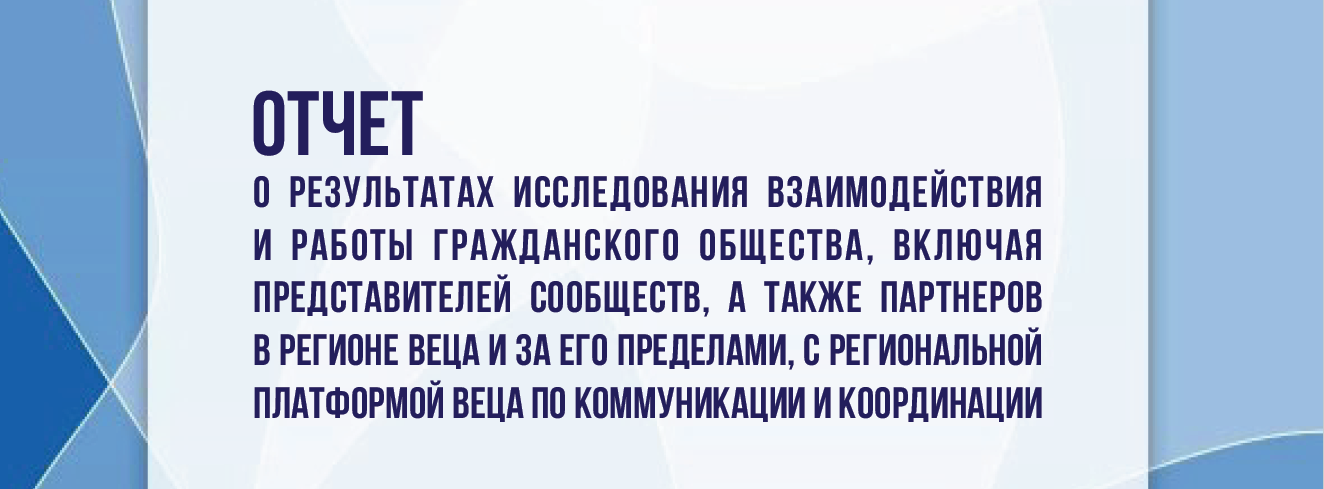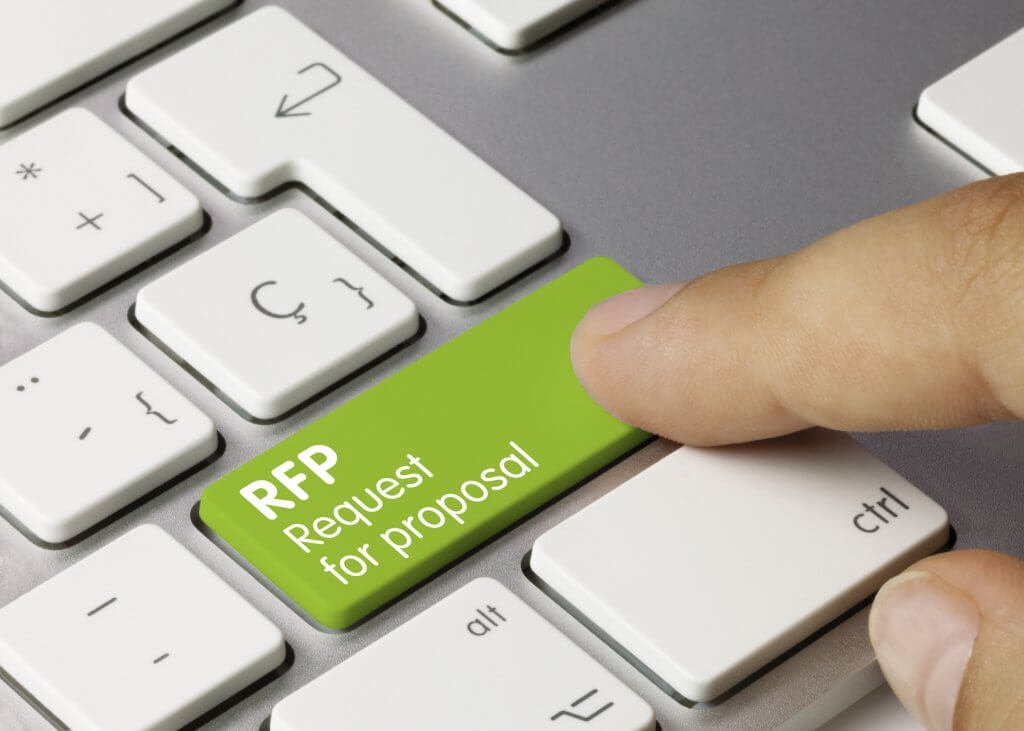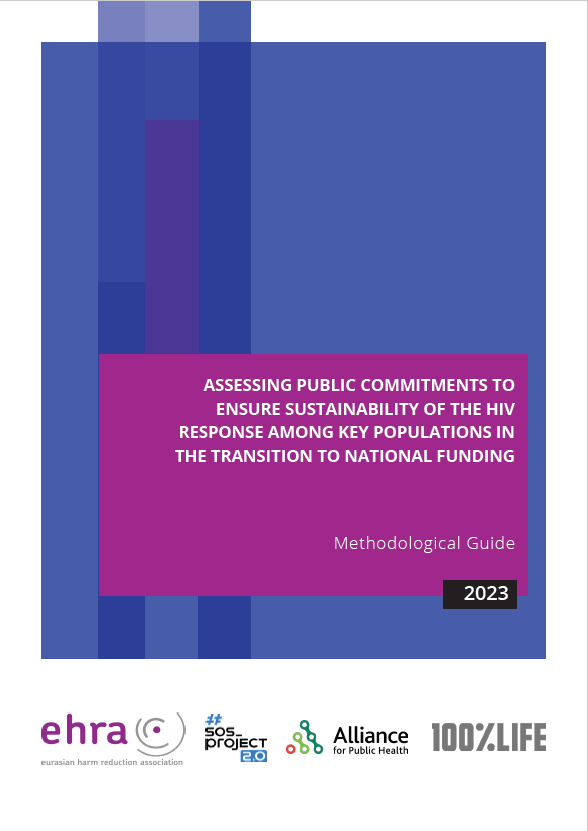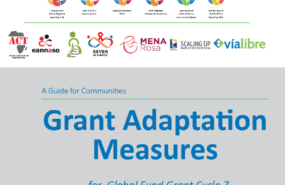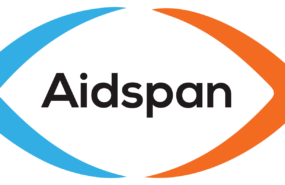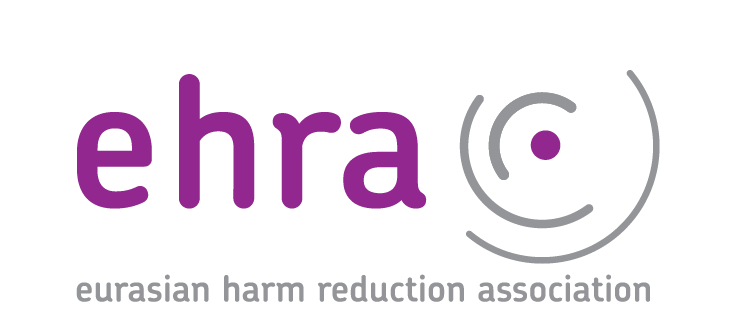Updated methodological guide and assessment tool for assessment of public commitments to ensure the sustainability of the HIV response among key populations in the transition to national funding
- 16.03.2021 14:44
- Post Views: 690
The purpose of this methodological guide and implementation tool is to keep the communities of key populations affected by HIV aware of the actions of the governments of the CEECA countries in the transition of HIV control programs to public funding, to ensure the involvement of these communities in the monitoring of the transition, and to form a documented basis for advocacy to ensure the sustainability of the country’s response to HIV. Communities of key populations affected by HIV and civil society organizations are the main recipients of the assessments of state compliance with its commitments, carried out using the present Tool.
The Assessment Tool is aimed primarily at monitoring the implementation of officially declared and documented commitments made by the governments of CEECA countries. At the same time, the Tool allows for taking into account the opinions of community representatives and experts on the commitments that should be considered a priority for monitoring.
The assessment concept and methodology were developed in 2020 and the document was finalized and updated in 2022, following a piloting in 2021 in nine EECA countries.
The publication was prepared by Eurasian Harm Reduction Association (EHRA) and published as part of the Regional project «Sustainability of services for key populations in the region of Eastern Europe and Central Asia» (SoS_project 2.0), implemented by a consortium of organizations led by the Alliance Public Health in partnership with the CO «100% Life», with financial support from the Global Fund to Fight AIDS, Tuberculosis and Malaria.
Reassessment reports, 2023-2024
Assessment reports 2021
- Assessment report on Belarus (available in Russian only)
- Assessment report on Georgia (available in English only)
- Assessment report on Kazakhstan (available in Russian only)
- Assessment report on Kyrgyzstan (available in Russian only)
- Assessment report on Moldova (available in Russian only)
- Assessment report on North Macedonia (available in English only)
- Assessment report on Serbia (available in English only)
- Assessment report on Tajikistan (available in Russian only)
- Assessment report on Montenegro (available in English only)
- A brief overview of the results of the sustainability assessment of the HIV response among Key Populations in nine countries of the EECA region in the context of transition from Global Fund support to domestic funding (available both in Russian and English)
Related News
Services for migrants and refugees from Ukraine – HIV/TB care with a focus on key populations
Due to the increasing flows of refugees from Ukraine because of Russia’s invasion of Ukraine, the EECA Regional Platform created a spreadsheet to fill contacts details of face-to-face and online services for refugees and migrants (with a focus on HIV/TB care and key population groups).
Regional Platform – EECA
This web-resource is a part of new regional communication and coordination project “Regional Civil Society and Community Support, Coordination and Communication Platform - EECA”, implemented by Eurasian Harm Reduction Association (EHRA).
Tags
See also
-
Grant Cycle 7 Reprioritization: How can communities prepare? 02.07.2025 12:03
-
Webinar: Using Global Fund's Data for Advocacy 12.06.2025 12:00
